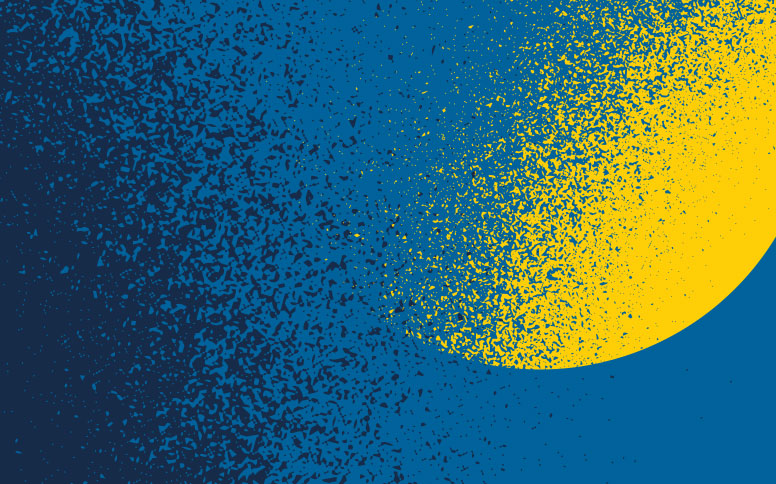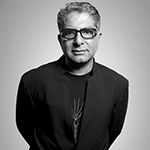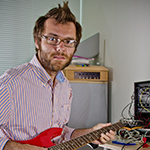Women Suffer Higher Rates of Decline in Aging and Alzheimer’s Disease
The rates of regional brain loss and cognitive decline caused by aging and the early stages of Alzheimer’s disease (AD) are higher for women and for people with a key genetic risk factor for AD, say researchers at the University of California, San Diego School of Medicine in a study published online July 4 in the American Journal of Neuroradiology.














